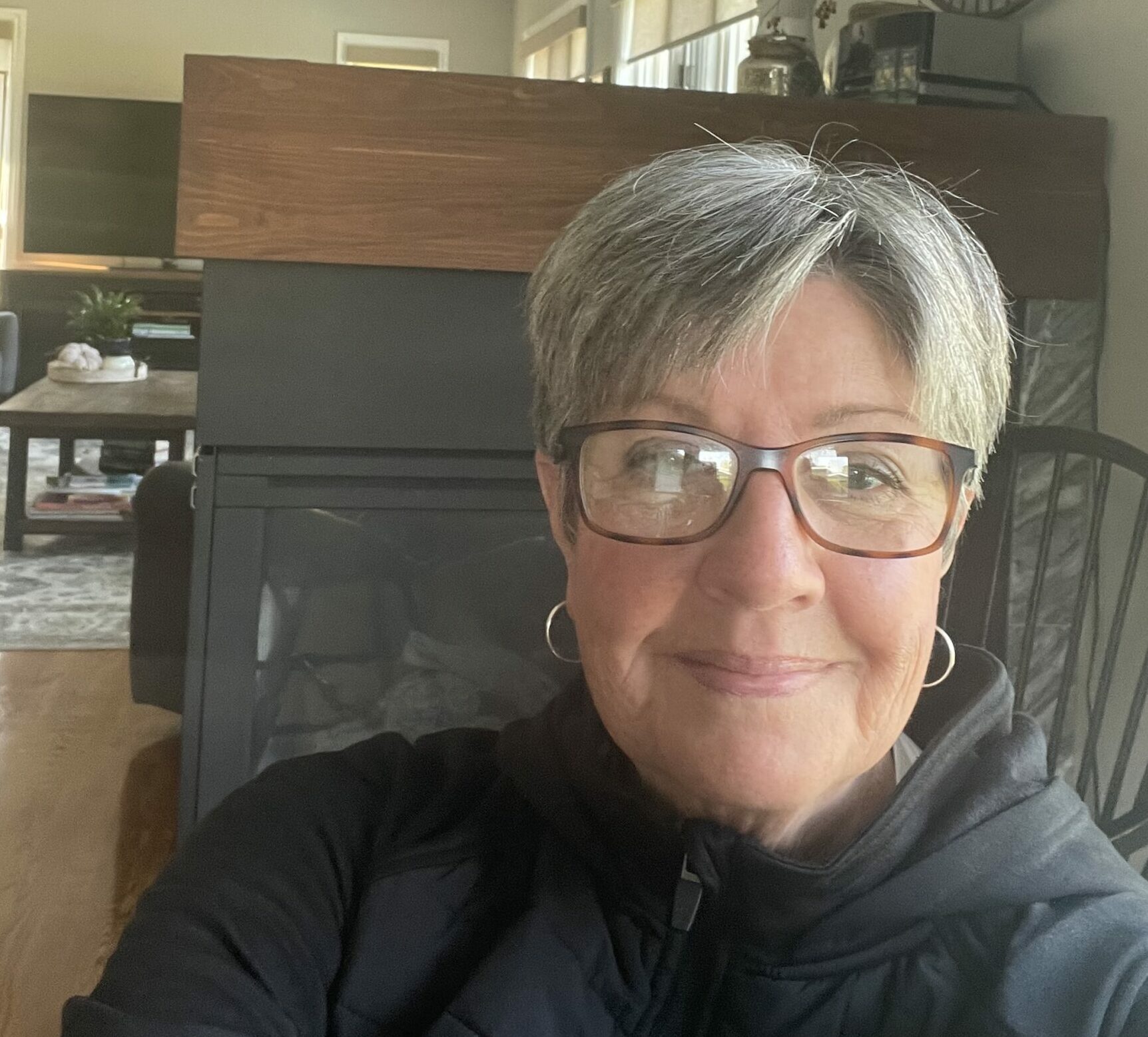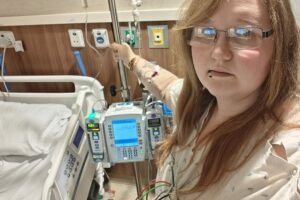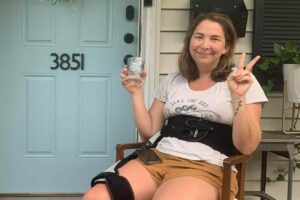On Christmas Eve 2023, I slipped on ice and broke my kneecap. I spent eight weeks in a splint and kept my leg elevated. Two weeks later, I experienced shortness of breath and chest pain suddenly. I went to the ER and was diagnosed with a submassive bilateral PE with right heart strain.
I spent three days in the ICU and sent home on rivaroxaban 20 mg. No referral to a heart specialist or pulmonary testing. A few weeks later, I woke up with a headache, photosensitivity and gritty eyes. At the ER, they did a CT scan and told me my head was full of clots. They sent me to another hospital, where had an MRI and magnetic resonance venography (MRV), which showed no clots! I was sent to an eye specialist who was dumbfounded too.
I was sent back home on rivaroxaban and thankfully found NBCA at my three-month visit with my hematologist. I insisted on a cardiac echo which was normal, and genetic studies. My genetic testing showed that I have antiphospholipid syndrome (APS). My hematologist is lovely, but I don’t think he has the knowledge that I have learned on this site and he is head hematologist at the university hospital!
I asked to be kept on a blood thinner for life as my brother had a DVT and PE and my father had a DVT. I’m eight months post-PE and generally feeling well, except fatigue and odd sensations in my legs. I’m so grateful for finding NBCA — it’s a life saver! I plan to stay active and enjoy life a wee bit more.
I’m a registered nurse, practical with common sense, but I was blown away by the PTSD I felt afterwards. I felt awful using those words because it’s what war vets use. But it was real.
Resources
Psychological Impact of Blood Clots
How is a PE Diagnosed?
Genetic Testing for Clotting Disorders




